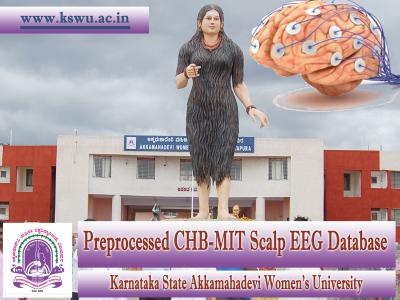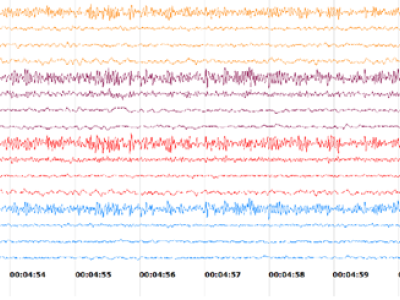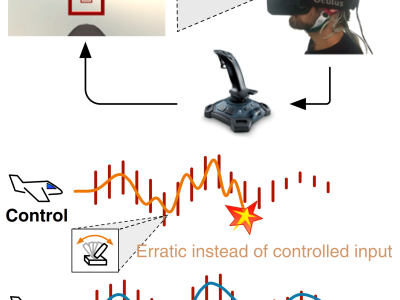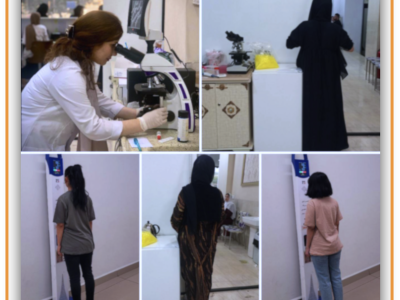tRF and Protein Translation Methodology and Click-iT Data Statistical Analysis

- Citation Author(s):
- Submitted by:
- Kurt Jan Pumares
- Last updated:
- DOI:
- 10.21227/sdx0-z447
- Data Format:
 23 views
23 views
- Categories:
- Keywords:
Abstract
Transfer RNAs (tRNAs) are a family of non-coding ribonucleic acids (RNAs) that are involved in protein translation. Cleavage of tRNA through stress-induced ribonucleases results in the production of short tRNA-derived small RNAs (tsRNAs), such as tRNA-derived fragments (tRFs). Recent studies have identified three tRFs - 5'AlaTGC, 5'GluCTC, and 5'GlyGCC - to be released from neurons and significantly elevated in epilepsy patients. Extracellular 5'tRFs are taken up by neurons and act in paracrine to inhibit protein translation. We hereby explored a molecular communications (MC) approach to investigate biological effects of tRFs in neurons. Temporal dynamics and biophysical interactions of tRFs across the neuronal microdomain were expressed mathematically, and system communications performances were evaluated. The devised MC tool may aid in the interpretation of tRFs and their uptake and activities in neurons relevant to their potential as seizure biomarkers and neurotherapeutics.
Instructions:
This PDF file serves as the supplementary material of the conference paper "Communication Analysis of tRNA-derived Fragment Uptake and Signalling in Neurons" presented during the 2025 13th International Conference on Bioinformatics and Computational Biology








